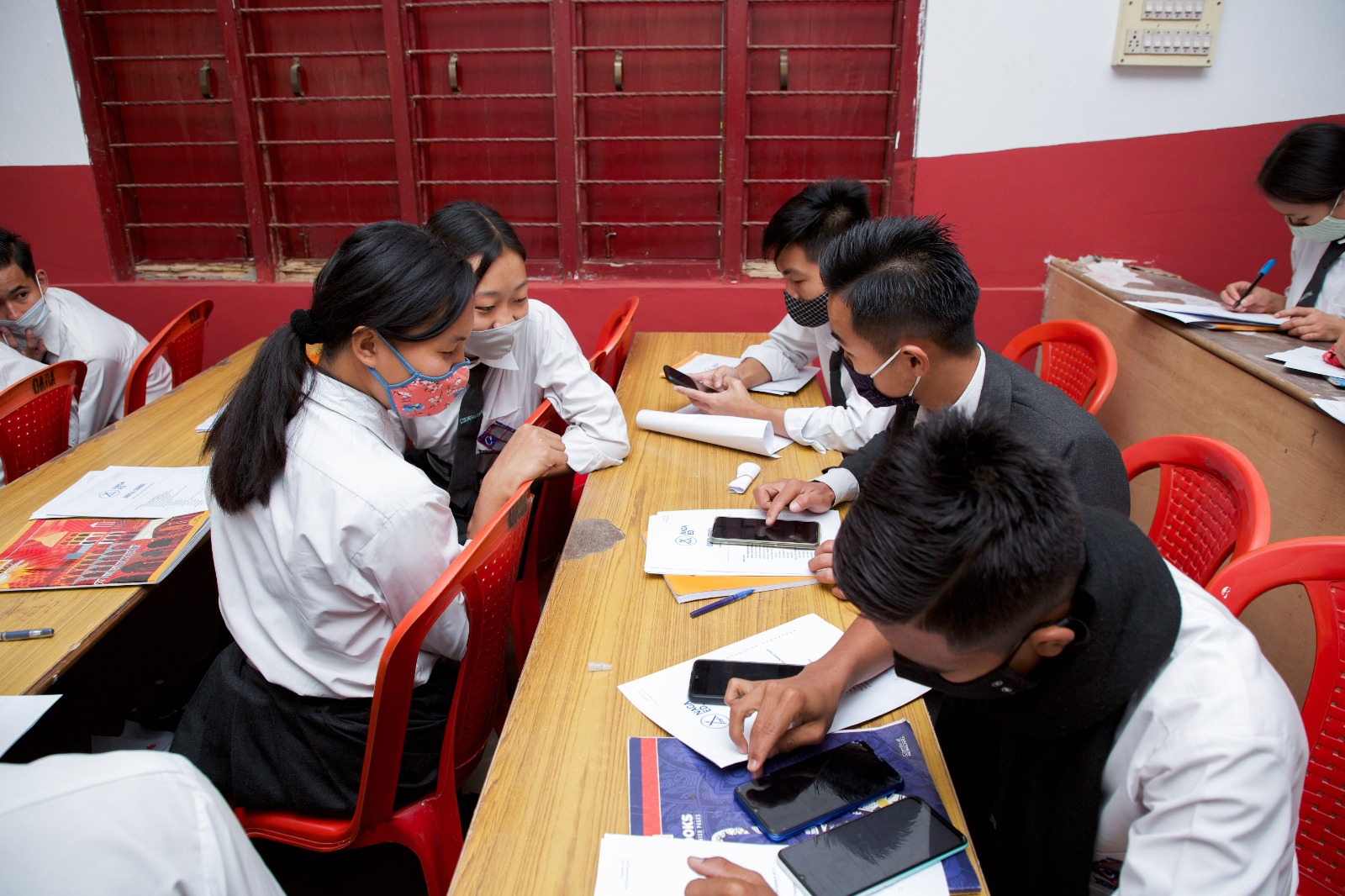


Blended education is an educational model that combines traditional classroom teaching with online learning. With the introduction of the National Education Policy (NEP) 2020 in India, blended education is gaining traction in high schools across the country. This approach has several advantages, including the ability to provide personalised learning opportunities, increased flexibility, and access to a wider range of learning resources.
In this article, we will explore the concept of blended education and its implications for high schools under the NEP 2020.
Blended education involves combining online learning with traditional classroom teaching. This approach allows students to access course materials and resources online, as well as receive instruction and feedback from their teachers in the classroom. Blended education can be designed to meet the needs of individual students, allowing them to progress at their own pace and receive personalised support and guidance.
The NEP 2020 recognizes the potential of blended education and recommends the use of technology to enhance the learning experience. The policy emphasises the importance of digital infrastructure and the need to equip schools with the necessary technology and tools to support blended education. It also calls for the development of digital content and the use of technology to create interactive and engaging learning experiences.
One of the key benefits of NagaEd’s blended education course material is its flexibility. Students can access our course materials and complete assignments at any time and from anywhere, as long as they have an internet connection. This allows students to balance their academic work with other commitments and interests.
Blended education also provides students with access to a wider range of learning resources. Online courses and resources can be accessed from anywhere in the world, giving students access to a wealth of knowledge and expertise that may not be available in their local area. This can help to broaden their perspectives and enhance their learning experiences.
Another advantage of blended education is that it allows teachers to monitor student progress and provide personalised feedback. Online assessments and quizzes can be used to track student progress and identify areas where they may need additional support. Teachers can also use digital tools to provide feedback on student assignments and communicate with students and parents.
However, there are also challenges to implementing blended education in high schools. One of the main challenges is the need for reliable and affordable internet access. Many students and schools in India may not have access to the necessary technology and infrastructure to support blended education. There is also a need for trained teachers who can effectively integrate technology into their teaching and learning practices.
Blended education has the potential to revolutionise high school education in India by providing personalised learning opportunities, increased flexibility, and access to a wider range of resources. However, there are challenges to implementing this approach, including the need for reliable and affordable internet access and the need for trained teachers who can effectively integrate technology into their teaching practices. The NEP 2020 recognizes the potential of blended education and calls for the development of digital infrastructure and the use of technology to enhance the learning experience. With the right investments in technology and teacher training, blended education has the potential to transform high school education in India.
NagaEd is a leading digital education company that provides learning and teaching solutions for students, teachers and institutions through modern and digitally enabled educational experience. We create a learning society where all Nagas are provided equal opportunity to access quality education resources.
